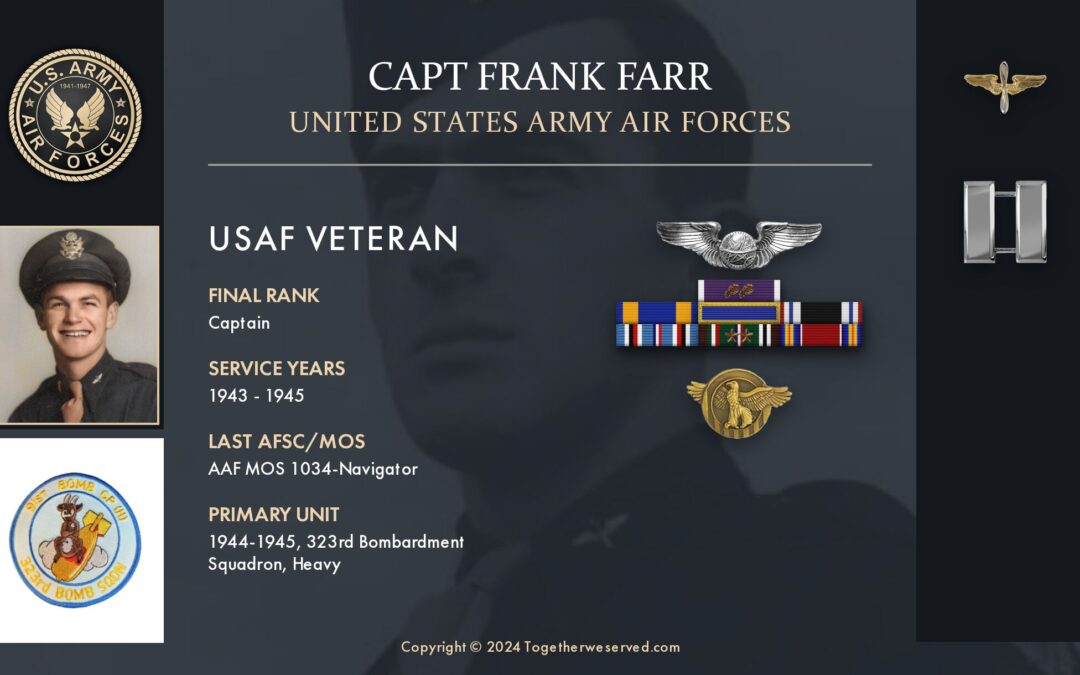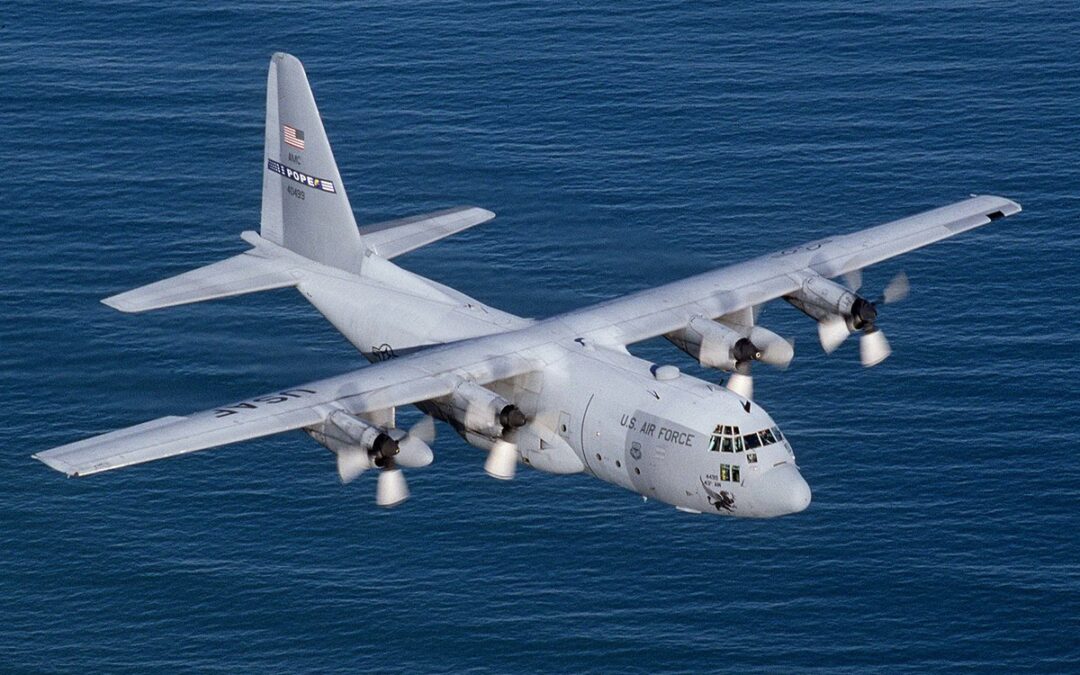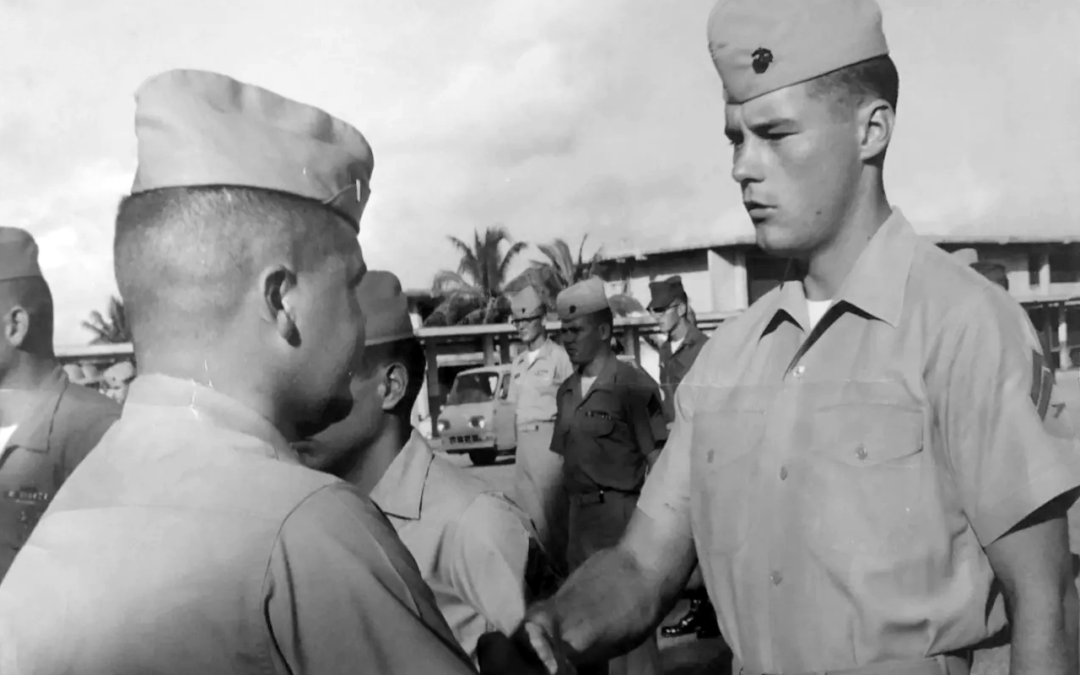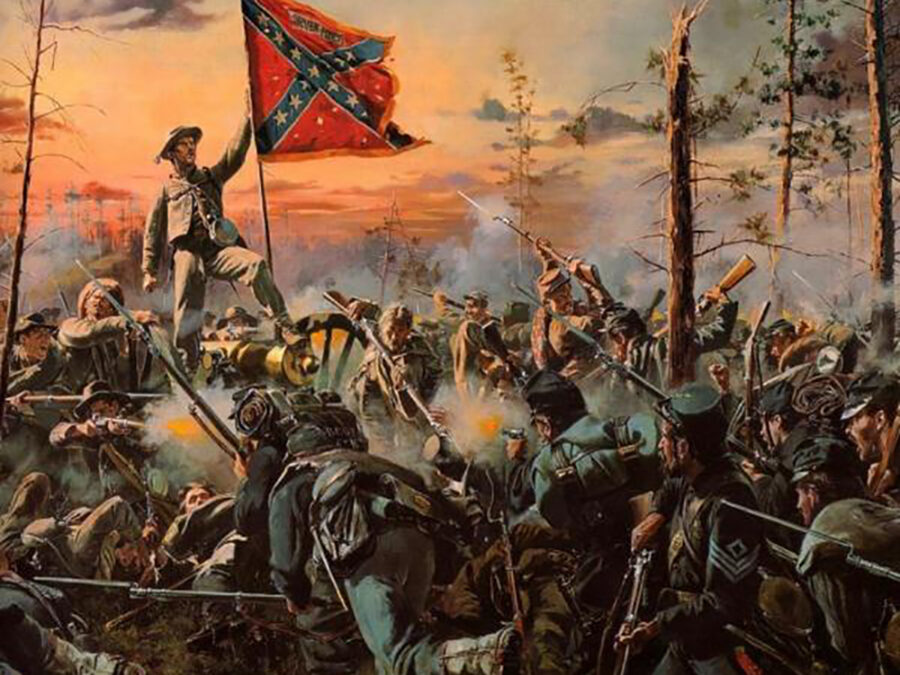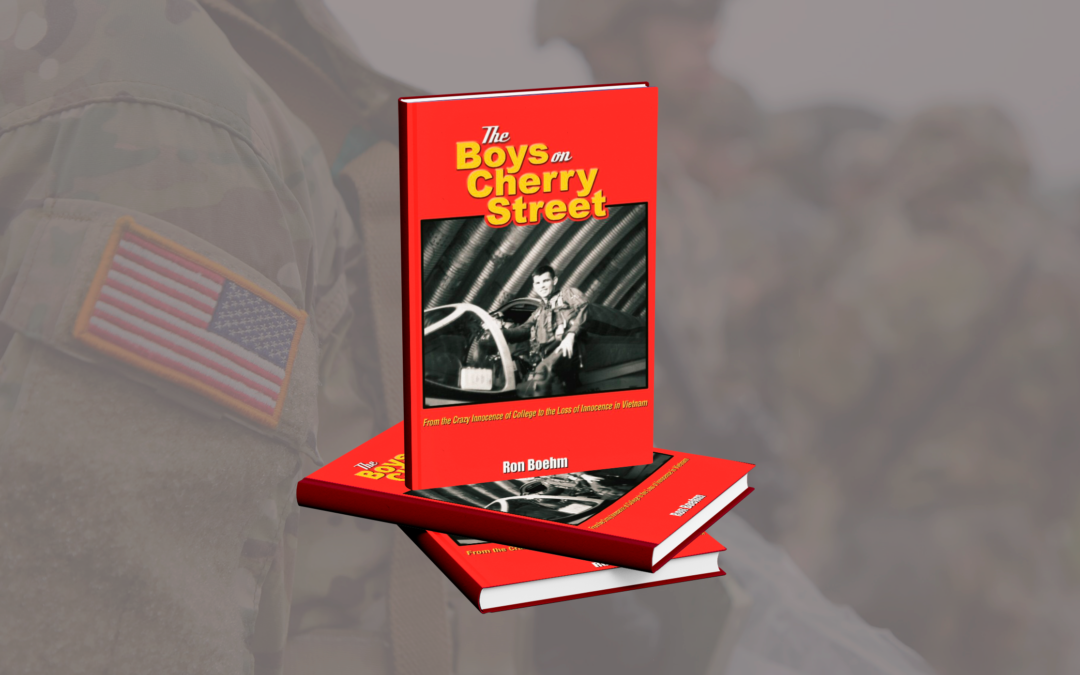The story of Gary Gordon and Randy Shughart is one of the most extraordinary acts of bravery and self-sacrifice in modern military history. Both were soldiers; U.S. Army Delta Force members who gave their lives trying to protect their fallen comrades in the face of overwhelming odds. It came in 1993, during the Battle of Mogadishu, famously depicted on the screen in the 2001 film, "Black Hawk Down." Gary Gordon and Randy Shughart Faced Chaos American forces in Somalia were looking to capture the Somali warlord Mohamed Farah Aidid. On Oct. 3, 1993, the U.S. launched an operation aimed at capturing two of his top lieutenants during a meeting in the middle of Mogadishu. It was supposed to be a quick, relatively simple mission. Delta Force soldiers would assault the building from MH-6 Little Bird helicopters while U.S. Army Rangers fast-rope into the area from MH-60L Black Hawks and secure four points around the target building. A convoy of 12 vehicles would then swoop up the...

